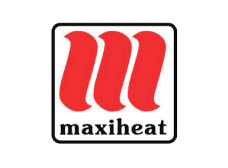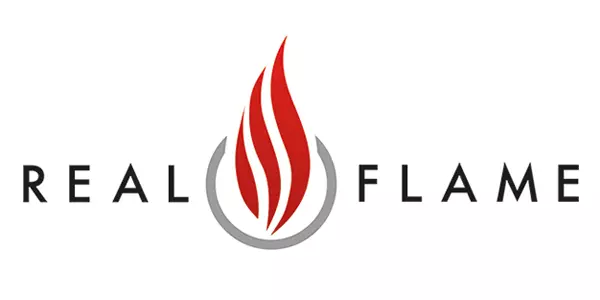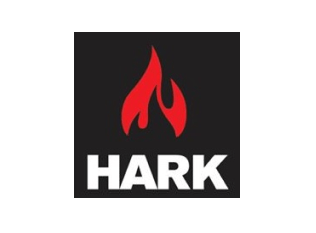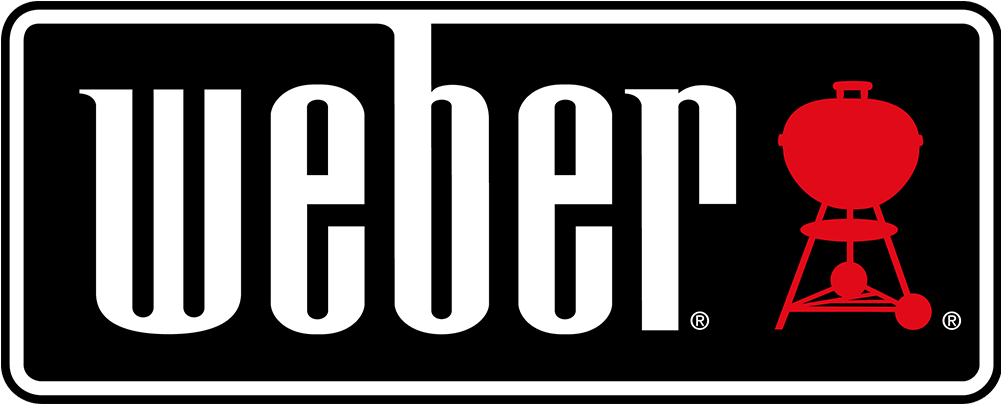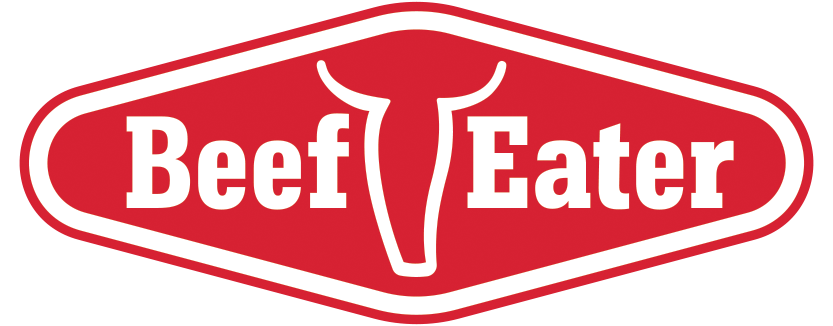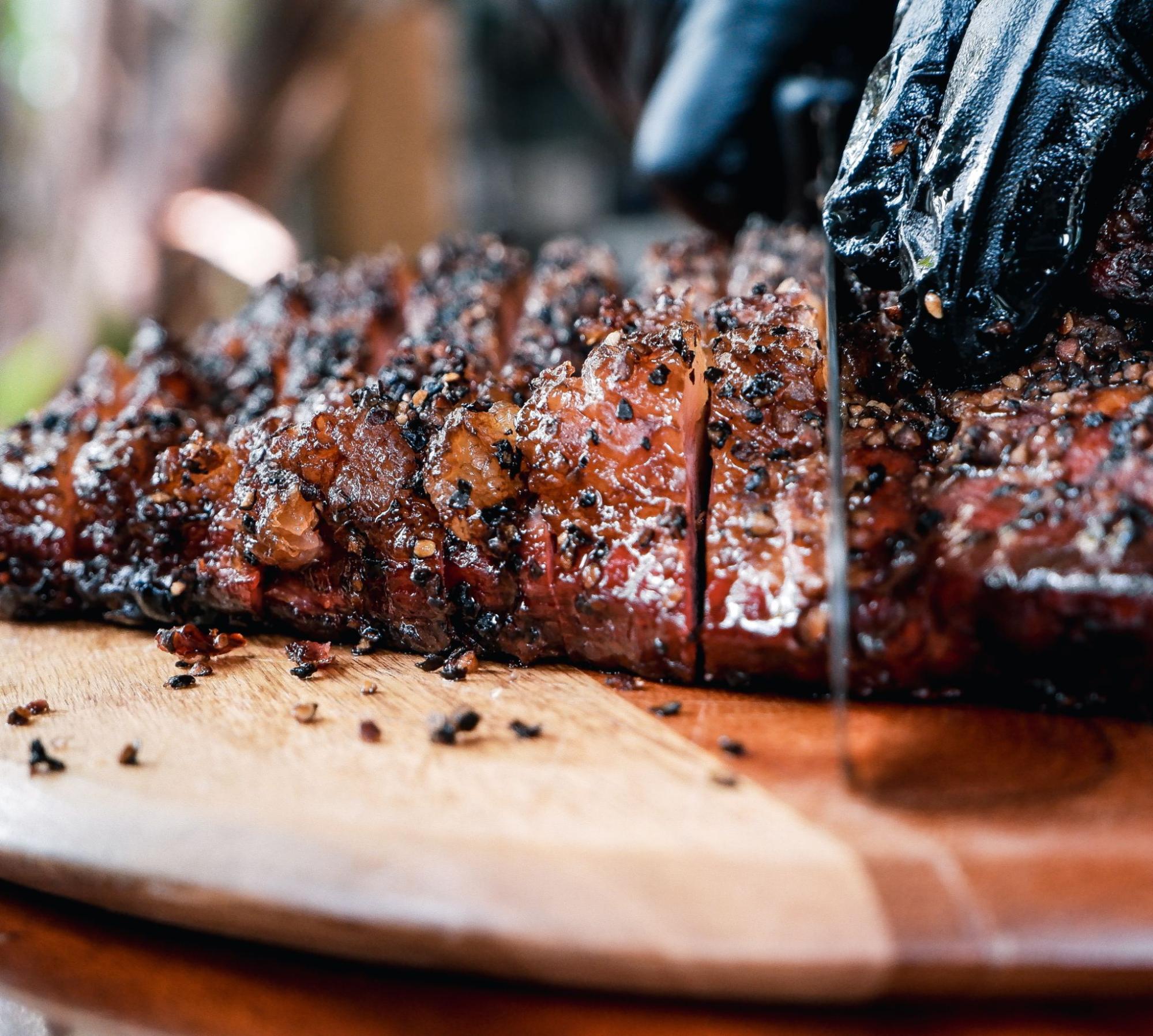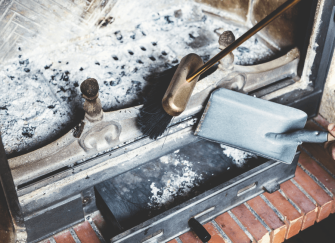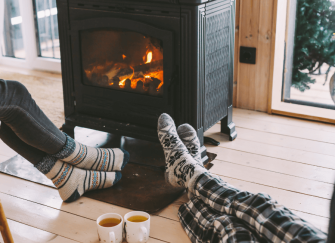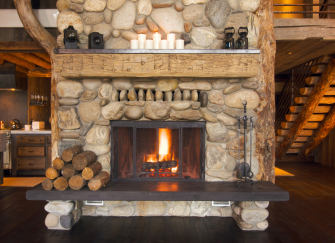Despite its recent rise in popularity, smoking meat is certainly not a new cooking technique. In fact, smoking dates back to when people first lived in caves and can be considered one of the first cooking techniques.
So, with the many technological and culinary advancements since these historical times, why does it seem like every middle-aged man and his dog are taking up smoking meats as their new hobby?
If you have ever tried a slow roast beef brisket, guaranteed to be made with love, you likely already know the answer to this question. The smoking process relies on capturing and enhancing the flavours of the meat to create a tender and flavourful dish you simply cannot get any other way.
This cooking technique’s unique and lengthy practice may make it seem like a chore or not worthwhile. However, if you are an avid home chef that has already mastered the perfect grilled steak, this just might be the next hobby for you.
All you need is a pile of wood chips or charcoal, a grill or smoker and some meat. Once you’ve got the gear, tap into your time, patience and practice, and you’ll have perfected a five star smoked feast from the comfort of your own outdoor bbq kitchen.
What is Smoking?
It seems like everyone is talking about smoking meat, but what exactly is this cooking technique, and what’s all the fuss about?
Simply put, smoking aims to tenderise meats that would typically be too hard to eat. Cheaper cuts of meat like brisket, shoulder and short ribs are all popular and ideal cuts for slow smoking because of their fibrous protein content that breaks down well and dissolves into the meat throughout extended cooking times.
Essentially, smoking can be considered the extreme version of barbecuing. The intention is to take your time and cook the food slowly over low heat, allowing the deep and woody flavours to seep into the food, creating that ever so satisfying smoky flavour.
You can choose the type of meat and fuel based on your personal preferences, as the level of smoke and taste can be highly subjective. So once you know the ropes, you can perfect your recipe to your tastes every time. It’s all about finding the right balance. You may even be able to naturally recreate the flavours of your favourite store-bought ‘smokey bbq sauce’.
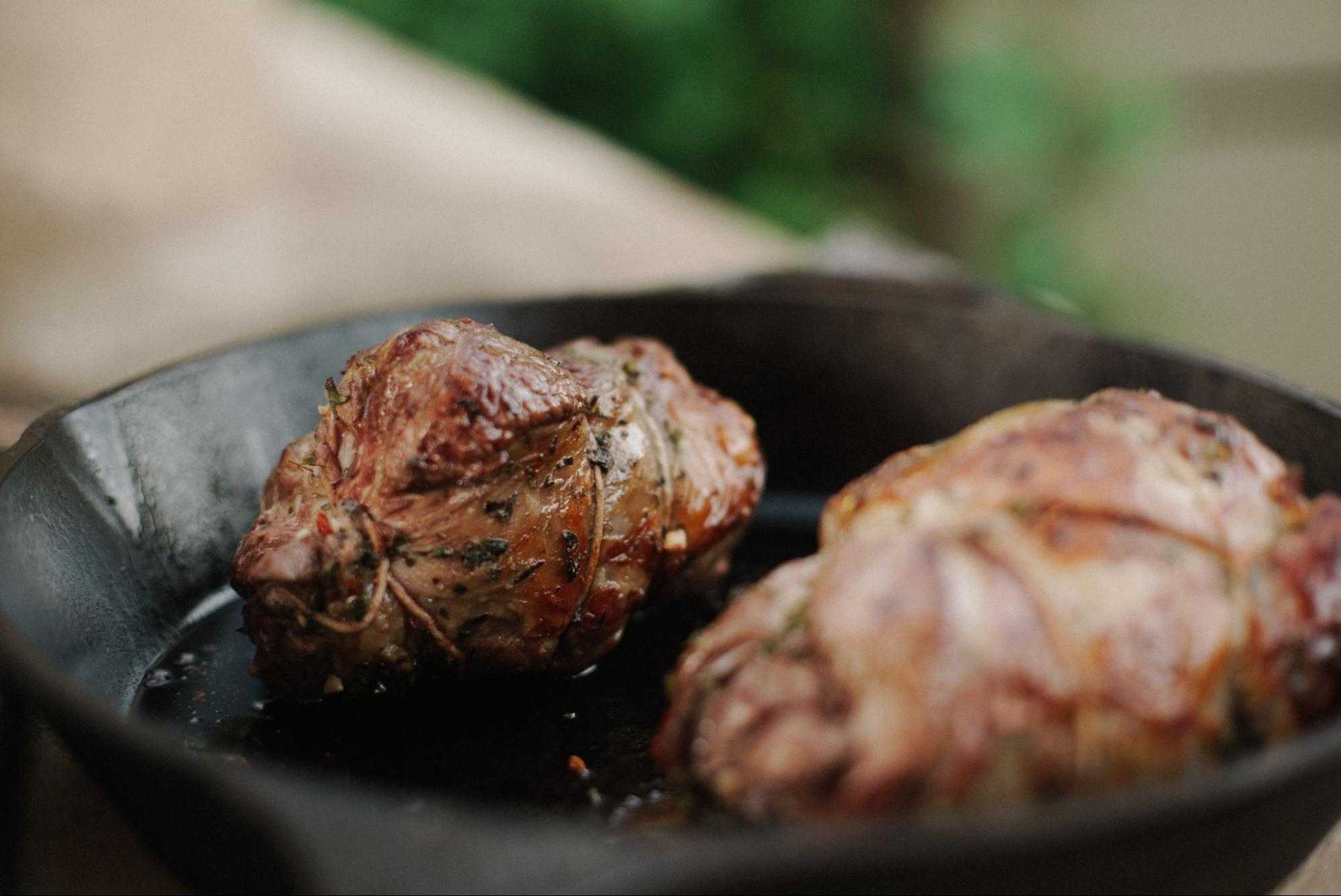
Smokers vs BBQ’s
Traditional BBQ’s can certainly be used to smoke meats if you adjust the settings accordingly. Dedicated smokers are also on the market if this is something you’re considering getting serious about.
However, for beginners, BBQ’s can be a great place to get you started.
Smokers, on the contrary, aren’t like traditional BBQ’s, as instead of putting your food directly onto the direct heat of a grill to cook quickly, smokers use a slow and steady approach. Using low and slow heat combined with smoke and moisture, the food is infused with a smoky flavour throughout the cooking process.
Types of Smokers
Charcoal smokers
While discussing ‘smoking for beginners’, we couldn’t dismiss charcoal smokers. Utilising coals, the smoke and temperature can be regulated to an extent but is nowhere near as simple as gas or electric smokers.
Despite the extra attention required to manage a charcoal smoker, the flavour it can create can be unbeatable. The charcoal creates an intense flavour, in addition to any wood chunks or chips you can add for extra taste.
Ultimately, difficult to master for a first-time smoker, but if you’re up for the challenge, it can be a worthwhile option.
Electric smokers
One of the most popular smoker types on the market, electric smokers use wood chips, water, and a heating element to produce smoke rather than an open flame.
Its simplicity and ease of use make it a much more viable option for beginners. However, the lack of combustion of its smoke give provides a much different flavour.
Gas smokers
Contarily again, gas smokers provide consistent cooking temperatures but don’t smoke much. As a result, adding wood chips or chunks is essential to replicate the smokey flavour.
For longer cooks, it is important to note that you should have multiple tanks of gas on hand, as often, a single tank will not suffice.

Fuel Types
As mentioned above, the different types of smokers require different fuels to operate and smoke the meats optimally.
Wood
If your smoker needs wood, whether chips or chunks, there are different types of woods that work better depending on the kind of meat you’re smoking and the flavour you’re trying to achieve.
Alder is notoriously great for fish, cherry is popular for meats, and if you choose to smoke vegetables, maple has proven to provide a soft, sweet flavour.
There are many online resources to help you find the best wood type for your recipe, skill level, and BBQ type.
Charcoal
Also known as ‘porous black residue’, charcoal consists of carbon and any remaining ash obtained by removing water and other constituents from vegetation substances.
It is commonly used as a fuel source because of its ability to cook larger or tougher foods that would burn if they were grilled otherwise, making it perfect for smoking. When cooking with charcoal, the meat is placed next to heat, rather than over, allowing for a more rounded and tender cook.
There are three types of charcoal often used for smoking:
- BBQ briquettes: blend of char and charcoal
- Charcoal briquettes: compressed charcoal (typically from sawdust and other wood products)
- Lump charcoal: hardwood materials
Ventilation
When smoking meats, safety should be the number one priority. Ensuring proper ventilation allows the smoke to circulate and escape is extremely important and will ensure your BBQ doesn’t malfunction during cooking, and your end result remains optimal.
If proper ventilation is not achieved, things will likely become stagnant inside the grill, smoke will accumulate too fast, and the meat will begin to burn.
The appropriate amount of ventilation, known as smoke flow, will depend on various factors you will come to determine over time. Ultimately, all should go smoothly as long as you leave a small opening.
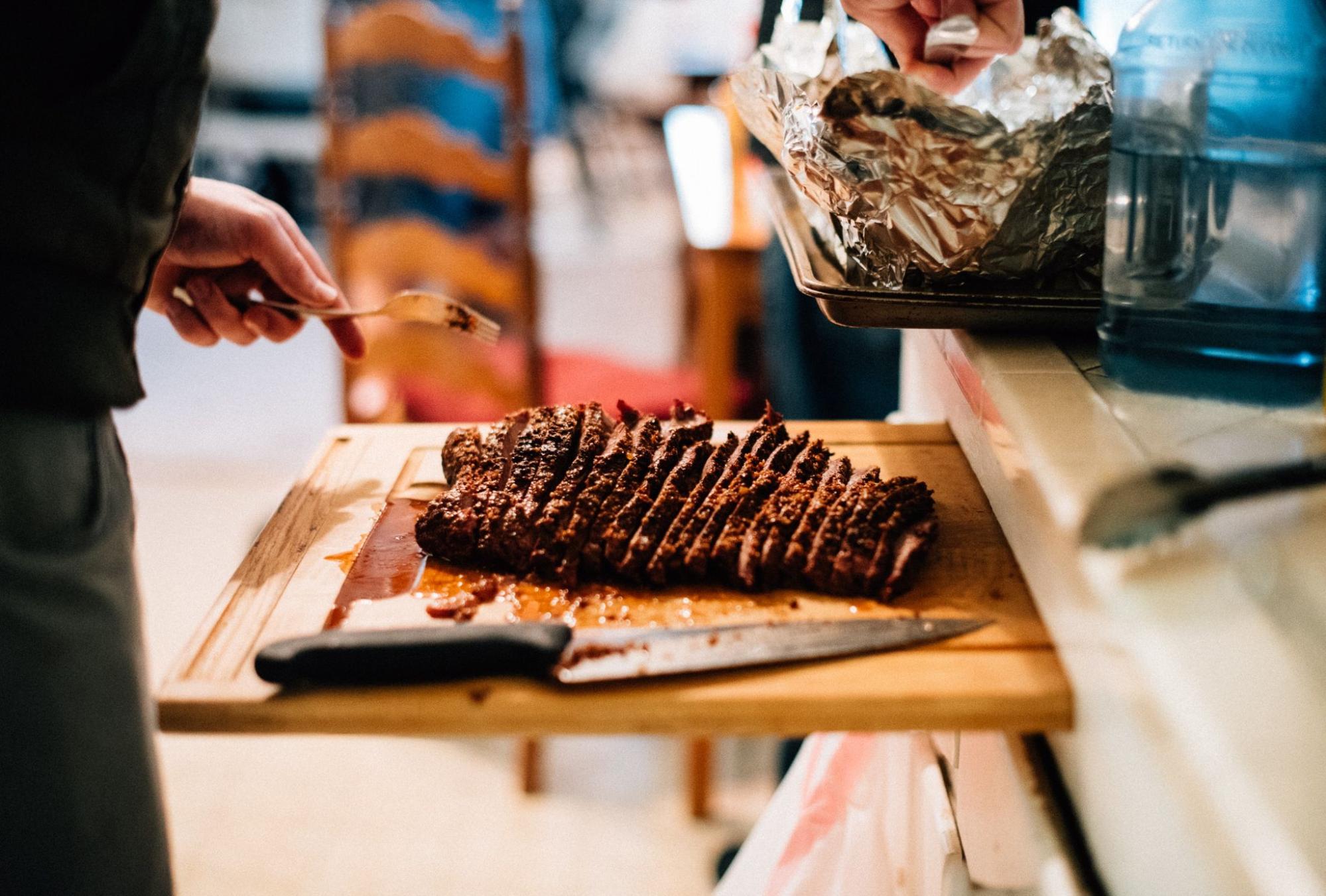
Recipe: American Beef Brisket
To get you started, we have provided you with a classic smoking recipe, the American Beef Brisket.
Tender and full of flavour, this recipe is perfect for a beginner. All you will need is a smoker BBQ, 3-4kg beef brisket, your favourite spice mix and nine to 11 hours of cooking time, depending on the meat size.
Steps:
- Prepare your brisket by trimming off the fat, and rub both sides of the brisket with your spice mix.
- Heat your smoker to 115 degrees and rack your brisket for three hours. You should then allow it to cook in a ‘boat’ (open foil construction used to hold liquid) for a further six to eight hours to absorb the juices.
- Lightly spray your meat with water hourly throughout the cooking process.
- After six to eight hours, use a probe to check if the brisket is ready. Anything between 82 to 90 degrees indicates it is done.
- Slice up your brisket accordingly, serve, and enjoy.
While your first time smoking meats may not be the best, do not take this personally. Smoking is a craft that takes practice to perfect but is ever so rewarding when you do.
If you’re looking for more BBQ advice, or are interested in purchasing a smoker, contact the team at Home Fires today. We specialise in all things BBQ and are here to help you determine the right product for you.










